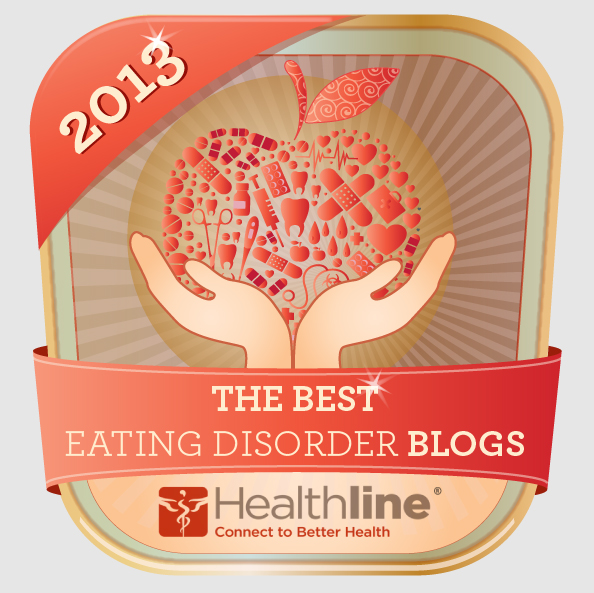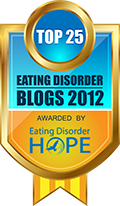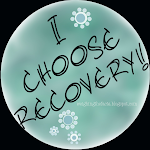
Women are four times more likely to develop osteoporosis than men. Some eating disorders greatly increase your risk for developing poor bone health/osteoporosis. Don't underestimate the importance of keeping your bones strong and healthy.
Risk FactorsCheck out these Bone Health Orgs/Sites for more Information, Resources, and Help:
- Female
- Older age
- Family history of osteoporosis or broken bones
- Being small and thin
- Certain race/ethnicities (Caucasian, Asian, or Hispanic/Latino ... African Americans are also at risk)
- History of broken bones
- Low sex hormones:Low estrogen levels in women, including menopause
- Missing periods (amenorrhea),Low levels of testosterone and estrogen in men
- Diet
- Low calcium intake
- Low vitamin D intake
- Excessive intake of protein, sodium and caffeine
- Inactive lifestyle
- Smoking
- Alcohol abuse
- Certain medications such as steroid medications, some anticonvulsants and others
- Certain diseases and conditions such as anorexia nervosa, rheumatoid arthritis, gastrointestinal diseases and others.
More info:
- More Risk Factors
- Risk Groups
- Prevention
- Treatment
- Bone Mass Measurement: What The Numbers Mean
- Anorexia and Osteoporosis
- What People With Anorexia Nervosa Need To Know About Osteoporosis
- What Parents Need to Know About Children's Bone Health
- Bone Density Test
Why Exercise Is Important To Bone Health:
- Bone is living tissue and becomes stronger by exercising (just like muscle does)
- Regular exercise will increase bone density
- Bone density begins to lessen when we reach our 30's (so starting a regular exercise routine in our 20's and continuing it throughout life can prevent bone loss)
- Increases balance, strength, and coordination (lessening our risk of falling)
Weight-bearing exercise is the best choice for bone health. You can vary your choice of exercises to get the best benefits and to keep it interesting.
* Please note that you should always check with your physician before starting any exercise routine. In addition, special care must be taken if you already have low bone density or osteoporosis and the advice of a professional /specialist should be sought and followed.
Examples Of Low and High Impact Weight-Bearing Exercises:
- Hiking
- Jogging
- Walking
- Climbing Stairs
- Dancing
- Tennis
- Weight-Training
- Jumping Rope
- Soccer
- Basketball
More on Exercise and Bone Health:
Bone Builders: Exercise
Childhood and Adolescence
Don't forget the importance of good nutrition. Eating properly is essential to not only bone health, but overall health as well.
A Sample Of Foods That Help Bone Health:
- Seeds
- Nuts
- Leafy Greens
- Oysters
- Beans
- Fish
- Dairy
- Fruit
- Molasses
A Sample Of Things To Avoid:
- Too much salt
- Alcohol
- Coffee (more than 2 cups per day can increase bone loss)
- Smoking
- Diuretics
- Sugary Drinks
- Poor Nutrition
- Purging
- Lack of Physical Activity
More on Nutrients Important To Bone Health:
Calcium Counts (pdf )
Other Nutrients and Bone Health At A Glance (pdf)
- National Osteoporosis Foundation (NOF.org)
- International Osteoporosis Foundation (IOFbonehealth.org)
- Bone Health For Life Org
- Best Bones Forever Gov
- Osteopenia.com
- Better Bones.com
- National Institute of Arthritis Musculoskeletal and Skin Disease (NIAMS)
- Promise To Me
sources linked above
picture source:http://www.flickr.com/photos/s-t-r-a-n-g-e/2306555723/sizes/z/in/photostream/


 0
comments
0
comments



















